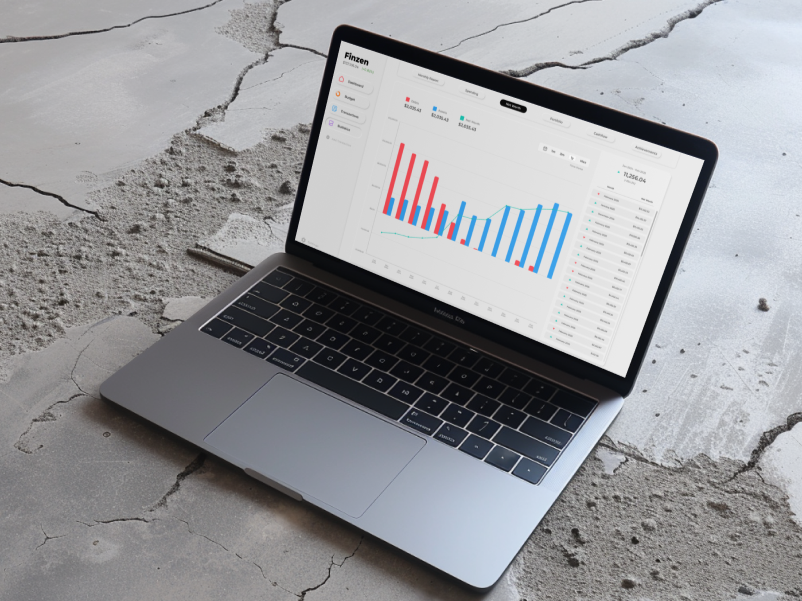
The world of investing has never been more dynamic, diverse, or accessible. Traditional assets like stocks have long been a cornerstone of wealth-building, offering steady returns and a sense of security. Meanwhile, cryptocurrencies are rewriting the rules, introducing a new era of high-risk, high-reward opportunities.
In this article, we’ll break down the core differences that matter most to investors, examine the risks and rewards of each, and explore how aligning your investments with your goals can help you make the right decision. Whether you’re a seasoned trader or a curious newcomer, this guide will provide the clarity you need to navigate these exciting markets.
1. Core Differences
When comparing cryptocurrencies and stocks, a few key differences stand out. Cryptocurrencies are notorious for their extreme price swings. It’s not uncommon for Bitcoin or Ethereum to gain or lose 10% in a single day, whereas stock markets typically experience more gradual changes, with major index shifts often measured in percentages over weeks or months.
Another significant difference lies in access and trading. Crypto markets operate 24/7, giving investors unparalleled flexibility. Stocks, on the other hand, adhere to traditional trading hours and often involve brokers or apps that operate within these constraints. This around-the-clock accessibility makes crypto particularly appealing to a global audience, especially those outside traditional financial hubs.
Ownership also plays a pivotal role in distinguishing these two asset classes. Buying stocks means purchasing ownership in a company, which often comes with potential dividends and voting rights. Cryptocurrencies, by contrast, represent ownership in a decentralized digital asset that isn’t tied to any company or physical entity. This fundamental difference impacts how investors perceive value and risk in each.
2. Risk vs. Reward: Evaluating Potential Gains
Cryptocurrencies are often referred to as the "Wild West" of investing, and for good reason. Stories of early Bitcoin adopters turning modest investments into millions are well-documented. But for every success story, there are tales of significant losses due to market crashes or scams. Stocks, while less likely to offer meteoric rises, have a proven track record of steady growth. The average annual return for the S&P 500, for instance, has been around 7-10% over the past century.
For example, if you invested $1,000 in Bitcoin in 2015, you might have seen it grow to over $100,000 by 2021. Meanwhile, $1,000 in the S&P 500 during the same period would have grown to about $3,500. While stocks’ growth might seem modest, they come with far less risk of total loss.
3. Aligning Investments with Your Goals
Choosing between stocks and crypto ultimately comes down to your financial goals. If you are seeking stability, stocks are ideal for those looking for consistent returns and lower volatility. They are particularly suited for retirement accounts or long-term savings plans. On the other hand, if you’re chasing growth and willing to accept higher risk for the potential of higher rewards, crypto could be a compelling addition to your portfolio.
It’s also important to consider your time horizon. Stocks are better suited for investors with long-term goals, while crypto’s rapid movements might appeal to those with a shorter-term focus and higher risk tolerance.
4. The Middle Ground: Can You Have Both?
Many savvy investors are finding value in a hybrid approach. By combining stocks and cryptocurrencies, you can balance risk and reward effectively. For instance, allocating a small percentage of your portfolio, say 5-10%, to crypto for potential high returns while keeping the majority in stable assets like index funds or blue-chip stocks can provide both growth and security. Another strategy is dollar-cost averaging, which involves investing steadily in both stocks and crypto over time, reducing the impact of market volatility.
This strategy allows you to benefit from the growth potential of crypto while still relying on the proven track record of stocks to anchor your wealth. In fact, asset management firm BlackRock recently suggested that the optimal Bitcoin allocation for a typical portfolio was 2%.
5. Conclusion
There’s no one-size-fits-all answer to whether stocks or crypto is the better investment. Both asset classes have their strengths and risks, and the right choice depends on your financial goals, risk tolerance, and investment strategy. For most people, the answer lies somewhere in the middle: a thoughtful mix of both, aligned with their unique needs.
As the world of finance continues to evolve, staying informed and adaptable is key. By understanding the nuances of stocks and cryptocurrencies, you can make smarter decisions and build a portfolio that’s as dynamic and diverse as your ambitions. Finzen is designed to track a portfolio diversified across asset classes and make sure you don’t lose sight of your personal finances.


